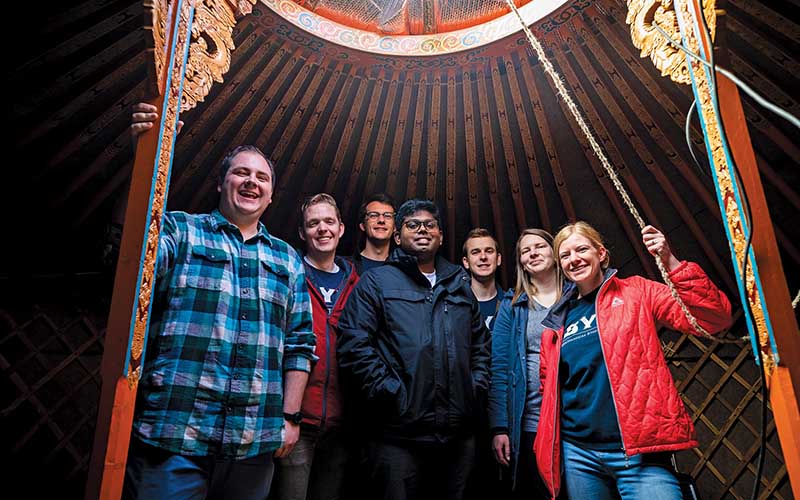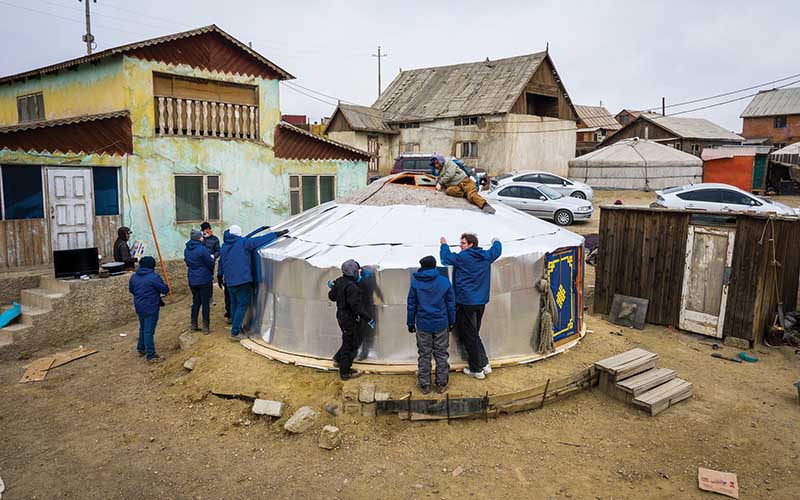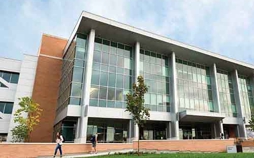Learning and Serving
Samantha Lau started a club for women in civil engineering. “Women have a different way of thinking about things—our group offers support,” she says.
Change people's lives at home and around the world
December 2019
 Donor funding enabled a group of engineering students to work on reducing health issues in Mongolia by reducing air pollution in the home.
Donor funding enabled a group of engineering students to work on reducing health issues in Mongolia by reducing air pollution in the home.
Mongolia has a massive air quality problem. Much of the smog comes from coal burned by residents to heat their yurts, or gers, through the winter. The pollution in the gers also poses a serious health risk, especially to children. “It’s the leading cause of death for children under five,” says recent graduate Ivy Running (far right).
Running and her classmates tackled the life-and-death problem as part of their engineering Capstone project. One of two BYU groups developed an alternative structure, and the other looked at ways to retrofit gers with better insulation and non-coal heaters.
Initially three gers were retrofitted, and the experiment showed that modified gers heated with low-power electric heaters maintained heat and drastically improved interior air quality at minimal cost.
“It worked, and I kind of teared up a little bit. It was really a miracle. This thing that we’ve been working so hard on for so long actually works the way that we thought it would,” says Running, who switched her major to engineering because she saw the potential it had to help build practical solutions that impacted lives. “I’m so grateful for donors who make these Capstone projects possible.”


Samantha Lau started a club for women in civil engineering. “Women have a different way of thinking about things—our group offers support,” she says.

When this building is complete, we believe it will positively benefit students, faculty, and ultimately the world,” said President Worthen. “Thanks to you and other generous alumni and friends, we’re now in a position to move forward."

BYU’s new Engineering Building and Engineering Research Lab were 100% funded by 17,000 generous donors.